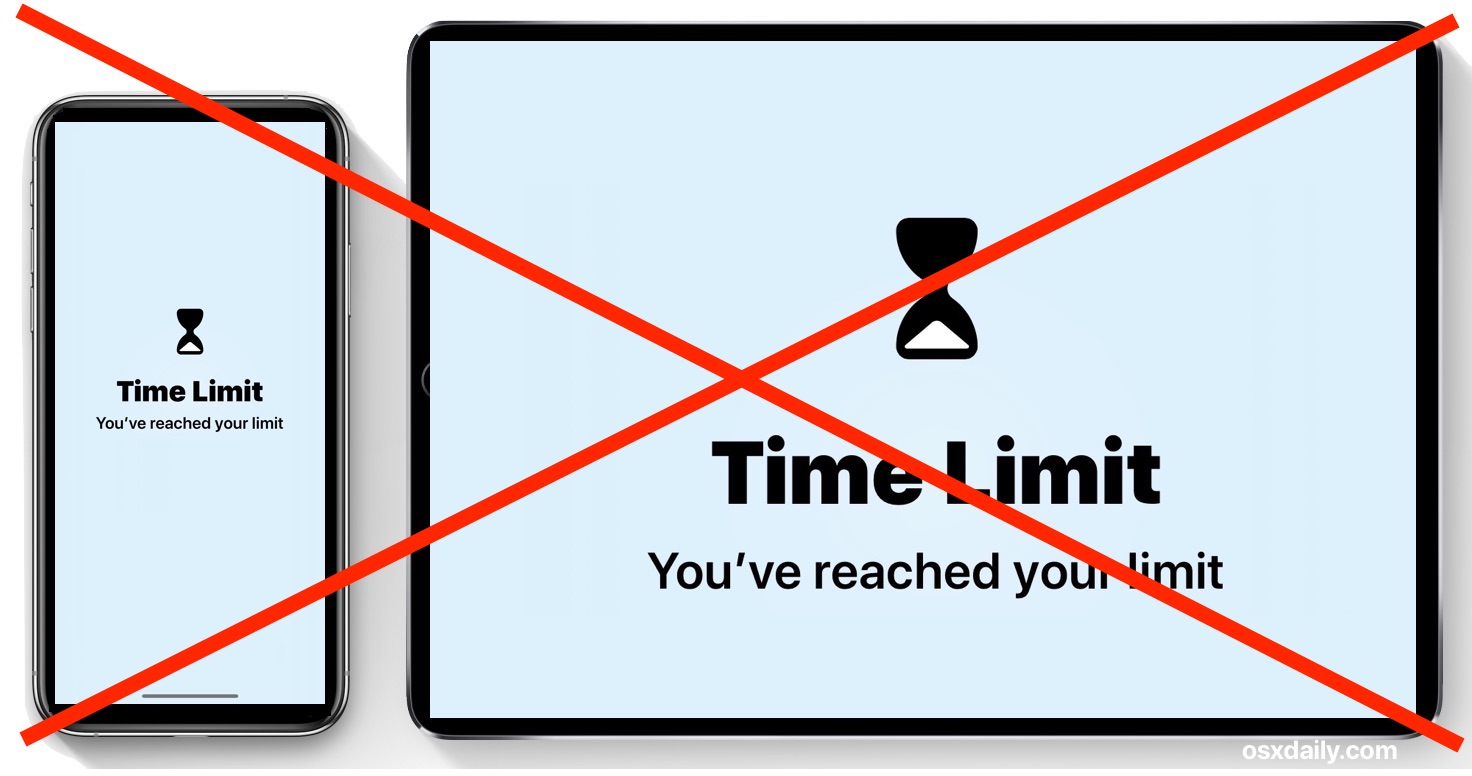In an increasingly digital world, where screens dominate our daily lives, the concept of reducing screen time has emerged as a critical discussion point. From smartphones to laptops, tablets to televisions, screens have become ubiquitous, serving as our portals for work, entertainment, communication, and information. While these technologies offer immense benefits, excessive screen time has been linked to various negative impacts on our mental and physical well-being. This essay explores the importance of reducing screen time, its effects on presence and well-being, strategies for minimizing screen use, and the potential benefits of reclaiming our attention and time.
The Impact of Excessive Screen Time
Psychological Effects
Excessive screen time has been associated with several psychological effects that can impact our well-being:
- Increased Stress and Anxiety: Constant exposure to digital information and social media can lead to information overload and a heightened sense of anxiety.
- Reduced Attention Span: Rapidly shifting between tasks on screens can diminish our ability to focus for sustained periods, affecting productivity and overall cognitive function.
- Sleep Disturbances: The blue light emitted by screens can interfere with the production of melatonin, disrupting sleep patterns and leading to sleep disorders.
- Social Comparison and Low Self-esteem: Social media platforms often promote unrealistic standards of beauty, success, and happiness, leading to increased feelings of inadequacy and low self-esteem.
- Depression: Studies have shown a correlation between excessive social media use and depressive symptoms, particularly among adolescents and young adults.
Physical Effects
- Sedentary Lifestyle: Prolonged screen time often correlates with a sedentary lifestyle, contributing to health issues such as obesity, cardiovascular diseases, and musculoskeletal disorders.
- Eye Strain: Staring at screens for extended periods can lead to digital eye strain, characterized by dry eyes, blurred vision, and headaches.
- Poor Posture: Improper ergonomics while using screens can cause neck and back pain, leading to long-term musculoskeletal problems.
Societal and Cultural Impact
The pervasiveness of screens has also influenced societal norms and cultural behaviours:
- Changing Social Interactions: Face-to-face interactions are increasingly being replaced by digital communication, potentially affecting the depth and quality of interpersonal relationships.
- Digital Divide: Disparities in access to technology and digital skills can exacerbate inequalities, limiting opportunities for socio-economic advancement.
Strategies for Reducing Screen Time
Mindful Consumption
- Set Boundaries: Establish designated times for screen use, such as during work hours or specific leisure periods, and enforce limits to avoid excessive use.
- Prioritize Offline Activities: Engage in hobbies and activities that do not involve screens, such as reading physical books, exercising, or spending time outdoors.
- Practice Digital Detox: Periodically disconnect from screens entirely to reset and rejuvenate, allowing for deeper personal reflection and connection with the physical world.
Say Goodbye to Guilt: 24 Scrumptious Healthy Desserts You Can’t Resist
Adjusting Digital Habits
- Disable Notifications: Minimize distractions by turning off non-essential notifications on devices, reducing the urge to constantly check screens.
- Use Screen Time Tracking Apps: Utilize applications that monitor and provide insights into screen usage patterns, helping to identify areas where adjustments are needed.
- Implement Tech-Free Zones: Designate specific areas in the home, such as bedrooms or dining areas, as tech-free zones to promote relaxation and family bonding.
Promoting Balanced Screen Use
- Engage in Purposeful Screen Time: Prioritize activities that add value or contribute positively to personal growth, such as educational content or creative pursuits.
- Limit Social Media Use: Set time limits for social media platforms to reduce exposure to potentially negative content and mitigate the risk of excessive comparison.
- Explore Alternative Communication Channels: Foster meaningful connections through in-person interactions or phone calls, nurturing deeper relationships beyond digital interfaces.
Benefits of Reducing Screen Time
Improved Mental Well-being
- Enhanced Presence: By reducing distractions from screens, individuals can cultivate greater mindfulness and presence in their daily lives, leading to increased emotional resilience and well-being.
- Better Sleep Quality: Minimizing exposure to screens before bedtime can improve sleep quality, promoting restorative sleep cycles and overall mental clarity.
- Increased Productivity: Enhanced focus and reduced digital distractions can lead to improved productivity and efficiency in both professional and personal endeavours.
Physical Health Benefits
- Reduced Risk of Health Issues: Limiting sedentary screen time can lower the risk of obesity, cardiovascular diseases, and other health conditions associated with a sedentary lifestyle.
- Improved Posture and Musculoskeletal Health: By incorporating more movement and ergonomic practices, individuals can mitigate the risk of developing chronic musculoskeletal disorders.
Strengthened Relationships
- Deeper Interpersonal Connections: By prioritizing face-to-face interactions over digital communication, individuals can foster deeper and more meaningful relationships with others.
- Increased Empathy: Limiting exposure to curated digital personas can promote empathy and authentic communication, enhancing social interactions and emotional connections.
The Path Forward: Implementing Change and Cultivating Awareness
Individual Responsibility
Implementing changes to reduce screen time requires individual commitment and self-awareness:
- Reflect on Personal Habits: Start by evaluating current screen usage patterns and identifying areas where adjustments can be made. Keep a journal or use screen time tracking apps to gain insights into daily habits.
- Set Realistic Goals: Establish achievable goals for reducing screen time gradually. Begin with small steps, such as limiting screen use during meals or before bedtime, and gradually increase the duration of screen-free activities.
- Seek Support: Share your goals with friends, family, or colleagues who can provide encouragement and accountability. Consider joining online communities or support groups focused on digital wellness to exchange ideas and experiences.
Lose Weight Fast: 15 Healthy Recipes You Can Make in Under 30 Minutes
Creating Tech-Savvy Environments
- Educate and Empower: Promote digital literacy and responsible screen use among children, adolescents, and adults alike. Encourage discussions on the importance of balance and moderation in technology consumption.
- Implement Policies: Advocate for policies that support healthy screen use in educational institutions, workplaces, and community spaces. Encourage employers to offer flexible work arrangements that prioritize well-being and productivity over constant digital connectivity.
Cultivating Mindfulness and Presence
- Practice Mindfulness: Incorporate mindfulness techniques, such as meditation and deep breathing exercises, to cultivate awareness and reduce the urge to constantly engage with screens.
- Embrace Solitude: Allocate time for solitude and reflection without digital distractions. Engage in activities that promote introspection, creativity, and personal growth, such as journaling, artistic pursuits, or outdoor adventures.
Nurturing Meaningful Connections
- Prioritize Face-to-Face Interactions: Make a conscious effort to connect with others in person whenever possible. Schedule regular gatherings or outings with friends and family to strengthen relationships and foster a sense of community.
- Active Listening: Practice active listening and empathy in conversations, focusing on understanding others’ perspectives without the distractions of screens or multitasking.
Advocating for Digital Wellness
- Raise Awareness: Participate in public discussions and advocacy efforts to raise awareness about the importance of digital wellness and balanced screen use. Share personal experiences and success stories to inspire others to make positive changes.
- Support Research and Initiatives: Support research initiatives and organizations dedicated to studying the impact of technology on well-being. Encourage policymakers to prioritize funding for studies on digital health and wellness interventions.
Embracing a Balanced Digital Lifestyle
Reducing screen time is a journey that requires conscious effort, self-discipline, and a commitment to fostering a balanced digital lifestyle. By prioritizing presence, well-being, and meaningful connections over constant digital engagement, individuals can reclaim their time and attention in ways that promote personal growth, mental clarity, and overall happiness.
As we navigate the complexities of an interconnected world, let us remember that technology should serve as a tool to enhance our lives, not dominate them. By embracing mindfulness, setting boundaries, and nurturing authentic relationships, we can create healthier habits and contribute to a more sustainable and fulfilling future. Together, we can redefine our relationship with screens and cultivate a harmonious balance between the virtual and physical worlds for generations to come.





